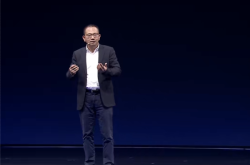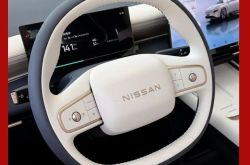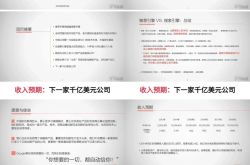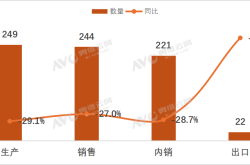Lu Weibing Confirms Xiaomi Has Acquired 10 Million New Users, with Apple Users as the Prime Target!
![]() 10/23 2025
10/23 2025
![]() 422
422
Today marks a momentous occasion for Xiaomi as it gears up to unveil the Redmi K90 series, its latest flagship model. Initially, there was speculation that Redmi's new leader would take center stage at this formal launch event, following Wang Teng's departure. However, it appears that Lu Weibing is still indispensable for keeping the team on track. After days of official teasers, the K90 series has become well-known to the public. Visually, it bears a resemblance to the K70, yet it also introduces subtle innovations. Based on the information available, its functional configurations are anticipated to set a new standard in its category. Notably, the standard version has received a significant upgrade, which came as a pleasant surprise. This aspect also shares a similarity with the anticipated iPhone 17 series.
It seems that Xiaomi's determination to compete with Apple extends beyond its digital flagship models; Redmi is also joining the fray. Redmi's ambition to target the premium market segment is now abundantly clear. The question arises: where will these premium users originate? Given the aim to rival Apple, why not directly lure Apple users? Lu Weibing echoed this sentiment in a recent interview.

Lu Weibing explicitly articulated that for Xiaomi to establish a premium foothold in the domestic market, the primary strategy should be to attract Apple users. This also implicitly acknowledges Apple's commanding presence in the overall smartphone market. Data reveals that since the launch of the Xiaomi 17 Pro series, there has been a substantial influx of users switching from Apple. In simpler terms, numerous former iPhone users have now transitioned to the Xiaomi 17 Pro. The figures indicate nearly double the number compared to the previous generation, with over 10 million new users joining in the first nine months of 2025. Moreover, Lu Weibing highlighted that there is a net inflow of users from all brands.
This suggests that while Xiaomi experiences some user attrition, it gains even more users from its competitors. The underlying message is that Xiaomi smartphones not only retain their existing user base but are also gaining traction among users of rival brands. Although Xiaomi's primary focus for premium growth is on Apple users, it has not neglected domestic competitors. Whether competitors can withstand Xiaomi's onslaught hinges on whether their products can also garner user approval.
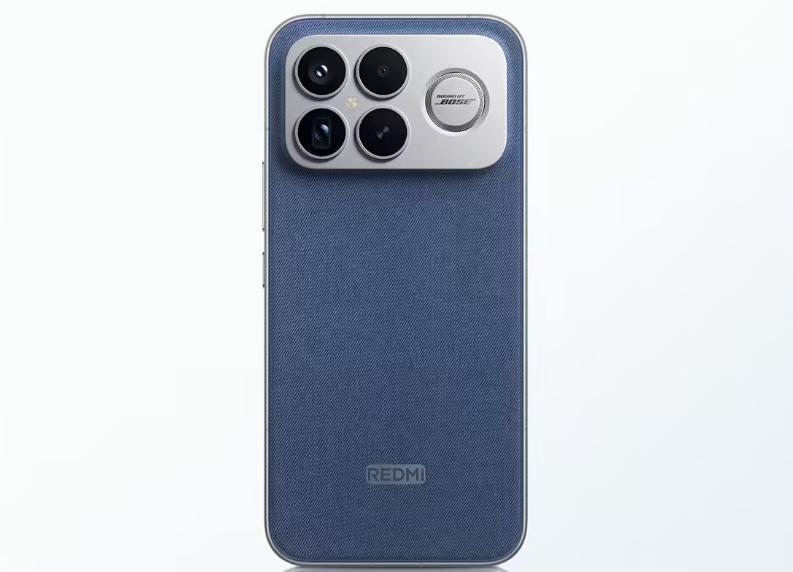
Regarding the speculation that the naming of the Xiaomi 17 mimics the iPhone 17, Lu Weibing reiterated that Xiaomi's product planning is conducted two years in advance. This implies that the Xiaomi 17 product line was already in the pipeline last year and was not a hasty decision to emulate the iPhone. According to Lu Weibing, the same principle applies to the Redmi 17 Pro Max. Nonetheless, no matter how the official explains, it cannot alter the preconceived notions of some individuals. Personally, I believe Xiaomi need not address this issue further in the future. As long as the product's user experience garners recognition, that will suffice.
As for why Xiaomi's new phones are resonating so well with users, Lu Weibing candidly stated that it is due to innovation. For users who have been using mundane phones for years, the yearning for innovation is palpable. However, there is a peculiar phenomenon that I find perplexing. All manufacturers claim that their phone sales have soared to new heights, while Xiaomi asserts that there is a net inflow of over 10 million users. The true picture can only be ascertained through more authoritative third-party statistics.
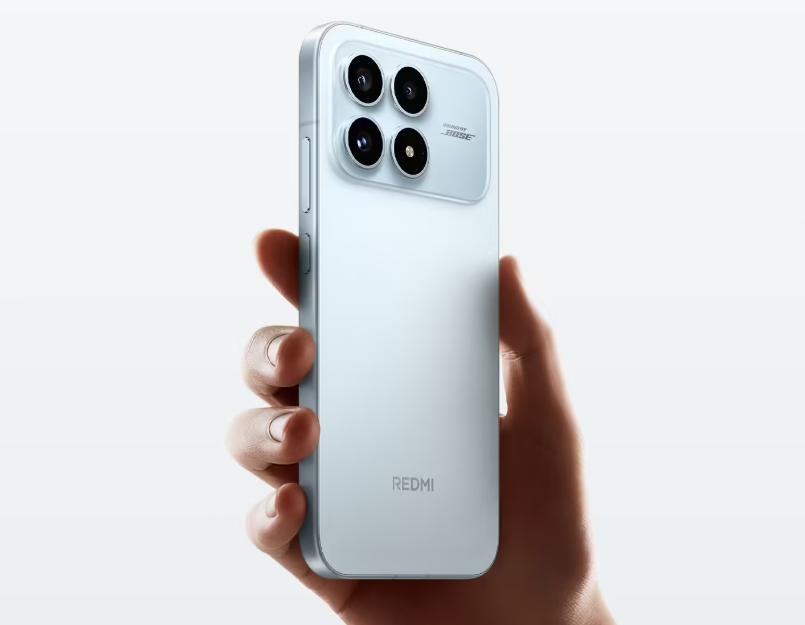
Regarding the sales performance of the K90 series, I personally believe that surpassing the Xiaomi 17 series should not pose a challenge. What are your thoughts?

